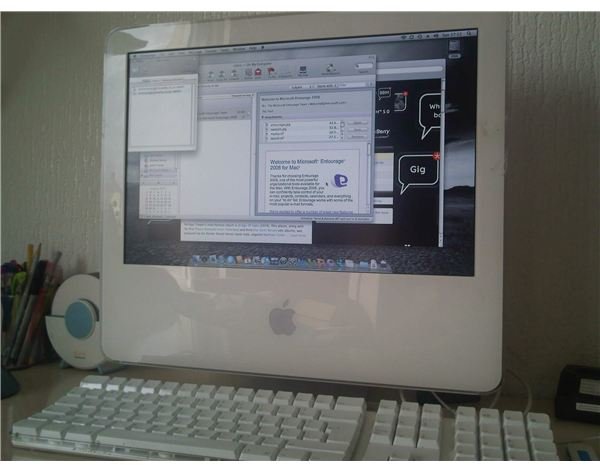What to Do if Your Mac Looks for a Bootable Disk Instead of Booting Properly
If there is one thing that is likely to send a computer user into a blind panic, it is discovering that the computer won’t boot. Even an experienced hand can be thrown by this, particularly if they have urgent work to be getting on with.
When an Apple Mac won’t boot, there are various reasons for this, but on the whole they can be dealt with pretty painlessly. However, there is one booting issue that can cause a few headaches. This can occur in a few different ways, and in particular can follow the incorrect removal of an external hard disk drive.
Discovering that your Mac looks for a bootable disk rather than booting can send some users into a cold sweat, but as long as you understand what this means and a few basic facts about how your Mac works, then fixing this shouldn’t be too difficult.
Why Can’t I Boot My Mac?
These error messages occur because your Mac doesn’t recognize the usual bootable disk – the hard disk drive where Mac OS X is installed.
While this can mean that the main disk is damaged in some way, it is more likely to mean that something has confused your Mac, leaving it unable to detect the bootable volume. Working through the solutions below should help you to find a way around the issue.
Before proceeding with any of the following steps, note that if you have a keyboard error (perhaps dirt under the keys) then your Mac could be stuck looking for a bootable volume because of this, rather than due to any hardware fault. This is because keyboard shortcuts are used to force Apple computers to look for different discs.
Boot from the Startup Disc
Probably the first thing you should do to resolve this issue is to attempt booting from the startup CD or DVD. To do this, restart your Mac and hold the C key, which forces the computer to search for a bootable optical disc.
If you have a bootable optical disc inserted, the Mac should detect this and use it as a startup device. When you next come to restart your Mac, everything should be back to normal, and you shouldn’t see the error message for a long time to come!
Change the Startup Volume
Another way around this boot issue is to permanently change the startup volume. You might perform this step after successfully booting from CD or DVD (see above).
With your Mac booted up, open System Preferences > Startup Disk, and choose the preferred volume before restarting your Mac. You should note that by changing the volume, you may end up with the error message again, and that this option cannot be changed until you are able to successfully boot your computer again and login to revert to another volume – so make sure you make the right choice!
Use the Startup Manager
Rather than spending the time booting up your Mac from optical disk and attempting to change the volume from within OS X, you could try the Startup Manager instead. This is available by starting your Mac with the Option key depressed – a choice of icons representing the available volumes will appear, and all you need to do to is select one using the arrows on your keyboard. With the right choice selected, tap Enter on your keyboard to confirm the choice, and wait as your Mac boots.
Do You Have a Recovery Volume?
Owners of brand new Macs or upgrades to Mac OS X 10.7 and above will have the advantage of a recovery volume. This can be accessed by powering on the computer and holding Command+R, forcing your Mac to boot from the Recover volume on your hard disk drive.
Using this, you will be able to reinstall the operating system if necessary, as well as run diagnostic checks to find out what the fault is.
Your Last Chance…
If you’ve made it this far and have worked through all of the suggestions above without success, then you can probably guess what I’m going to say next.
The steps listed here should have helped you resolve the problem, and if this isn’t the case then you will need to box your Mac away and pay a visit to your local Apple Store, where one of their technicians should be able to put your mind at rest and provide you with a fix in just a few minutes.
As explained above, your Mac’s failure to find the bootable disk could be down to a fault with your hard disk drive.
Note that repairs may not be easy on your wallet. If the fixes above didn’t work then the reason could have been a failed hard disk drive, and you might require that data is recovered from it so that when a new hard disk drive is fitted and Mac OS X installed, you still have access to your files!
References
- Author’s own experience.
- Photo provided by author.
